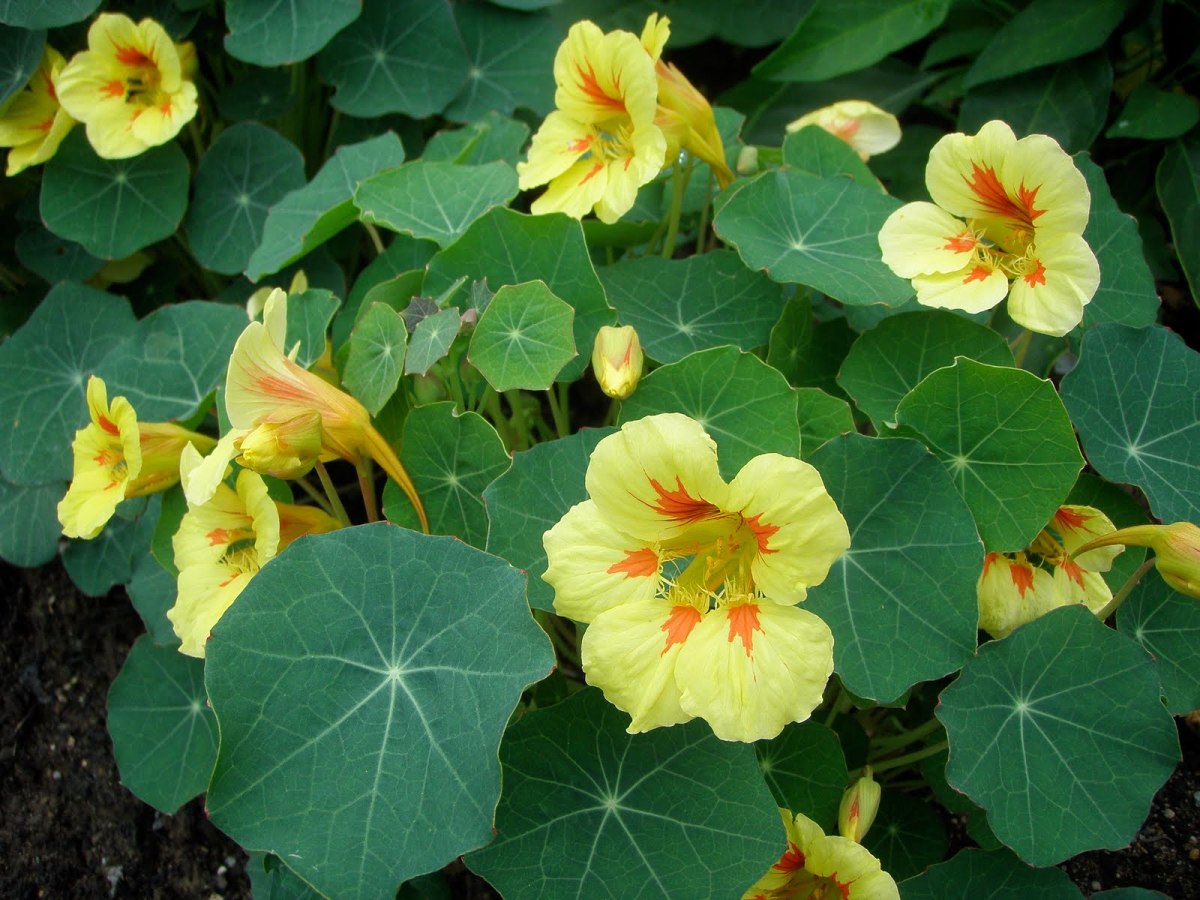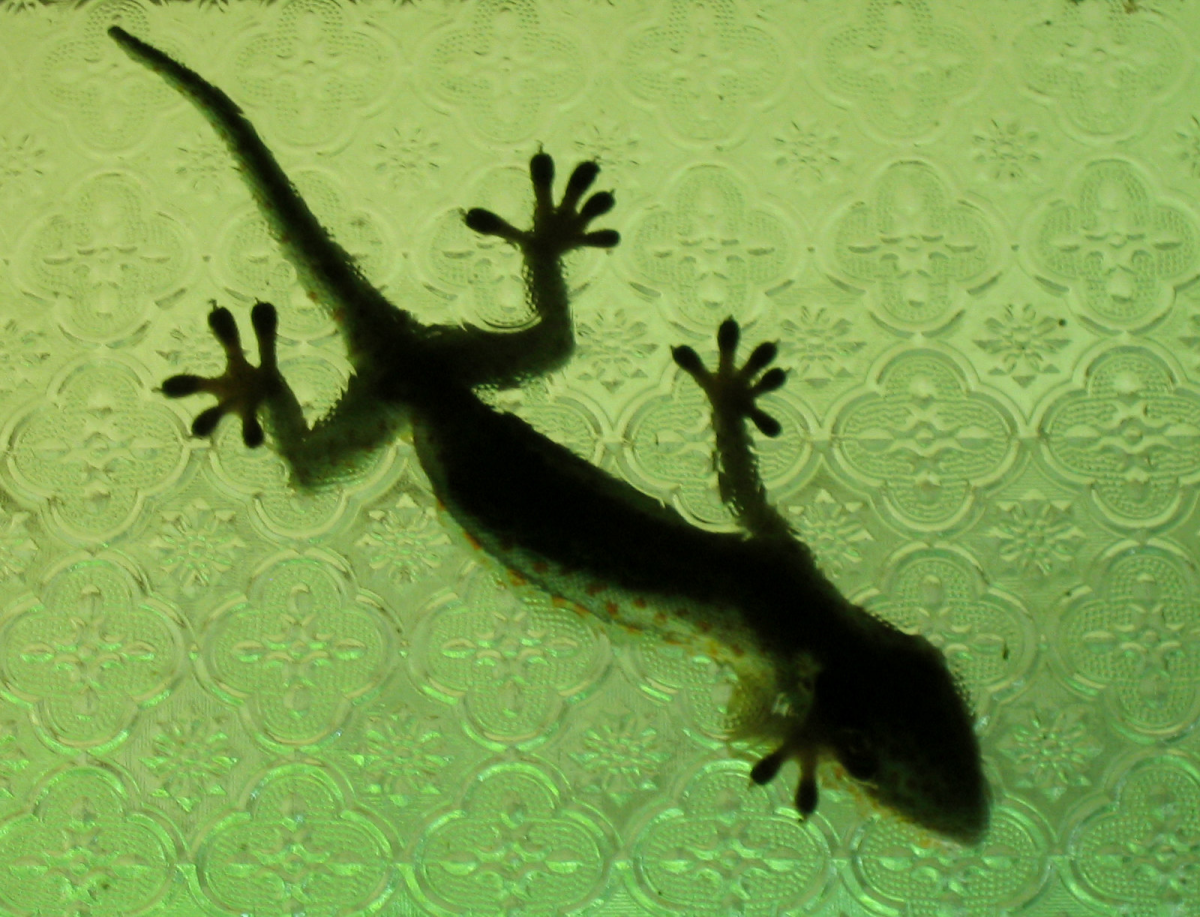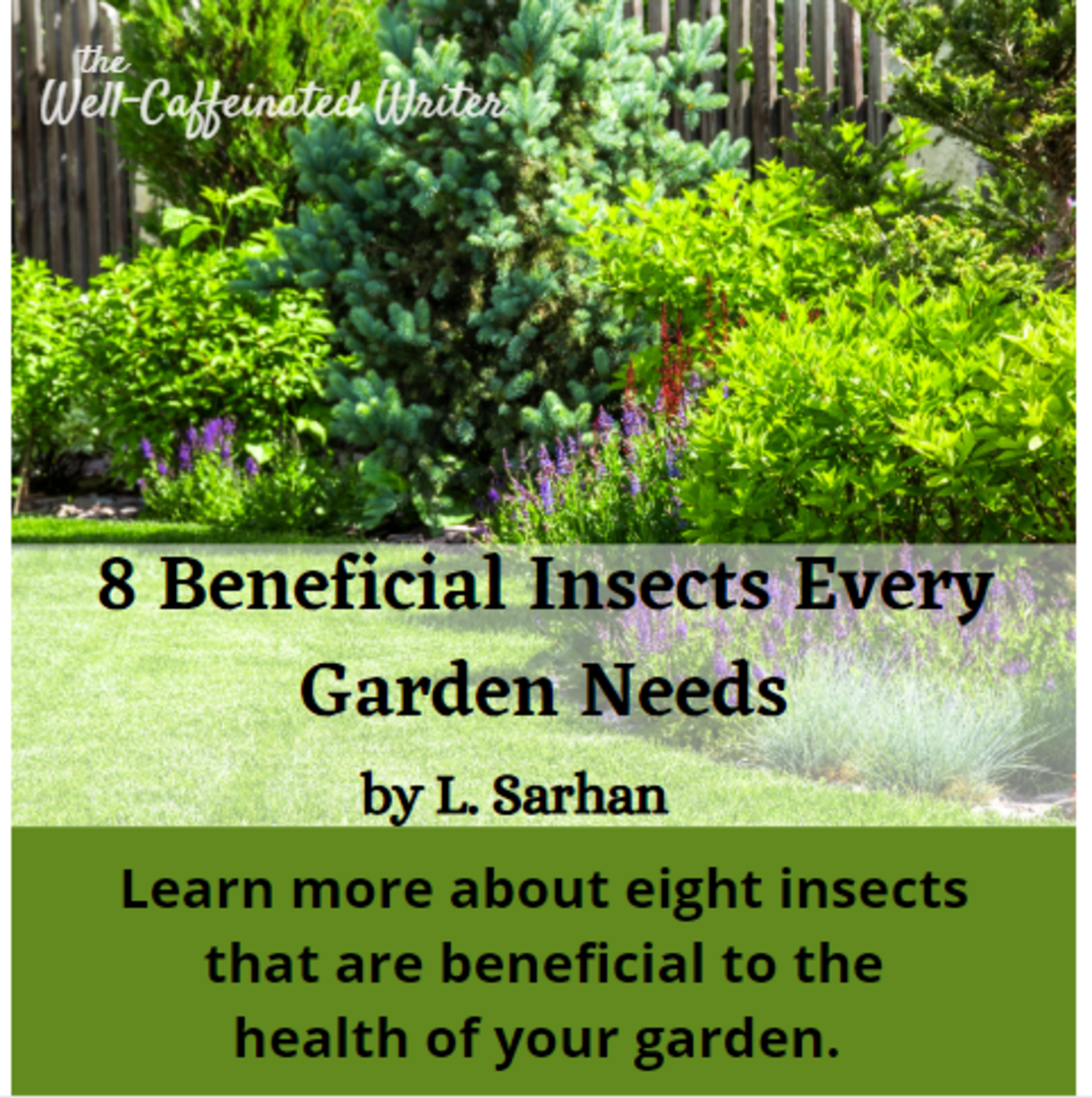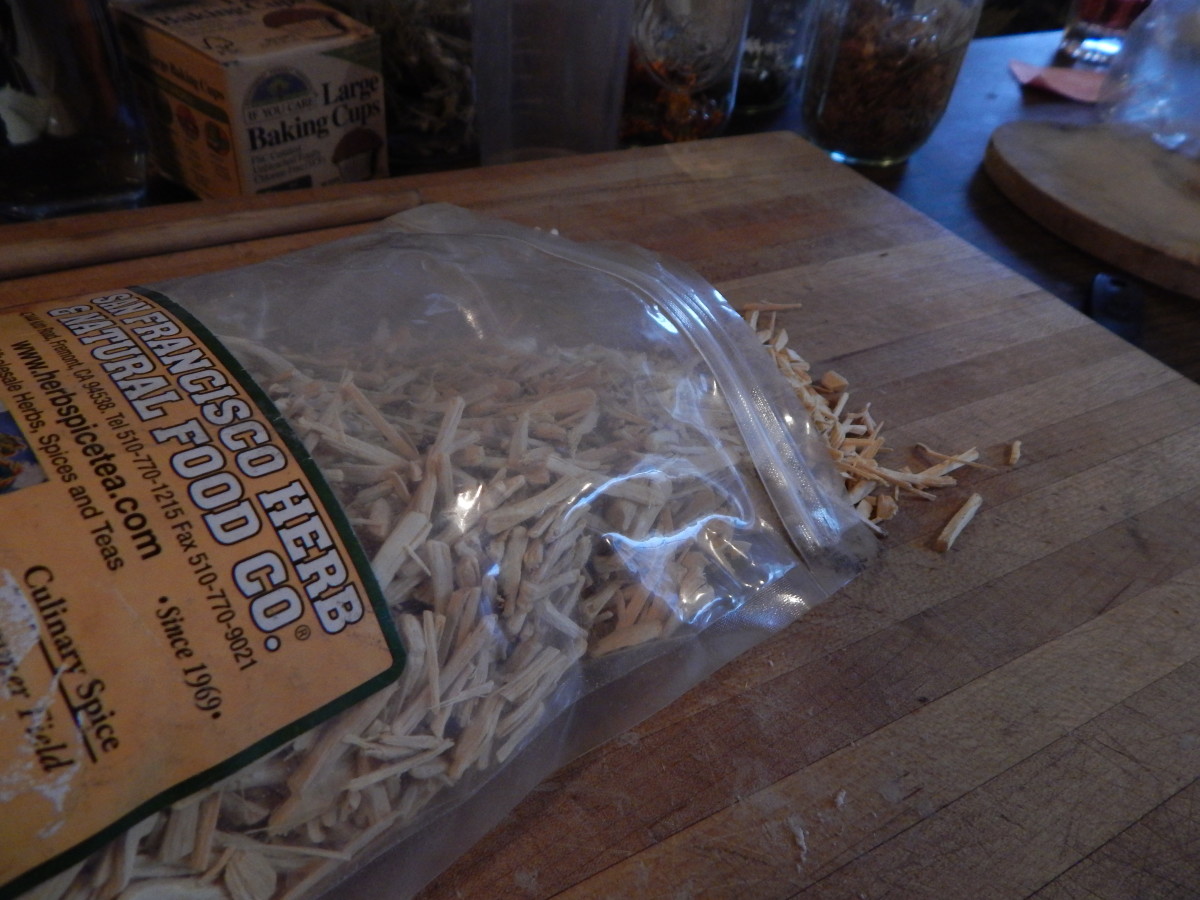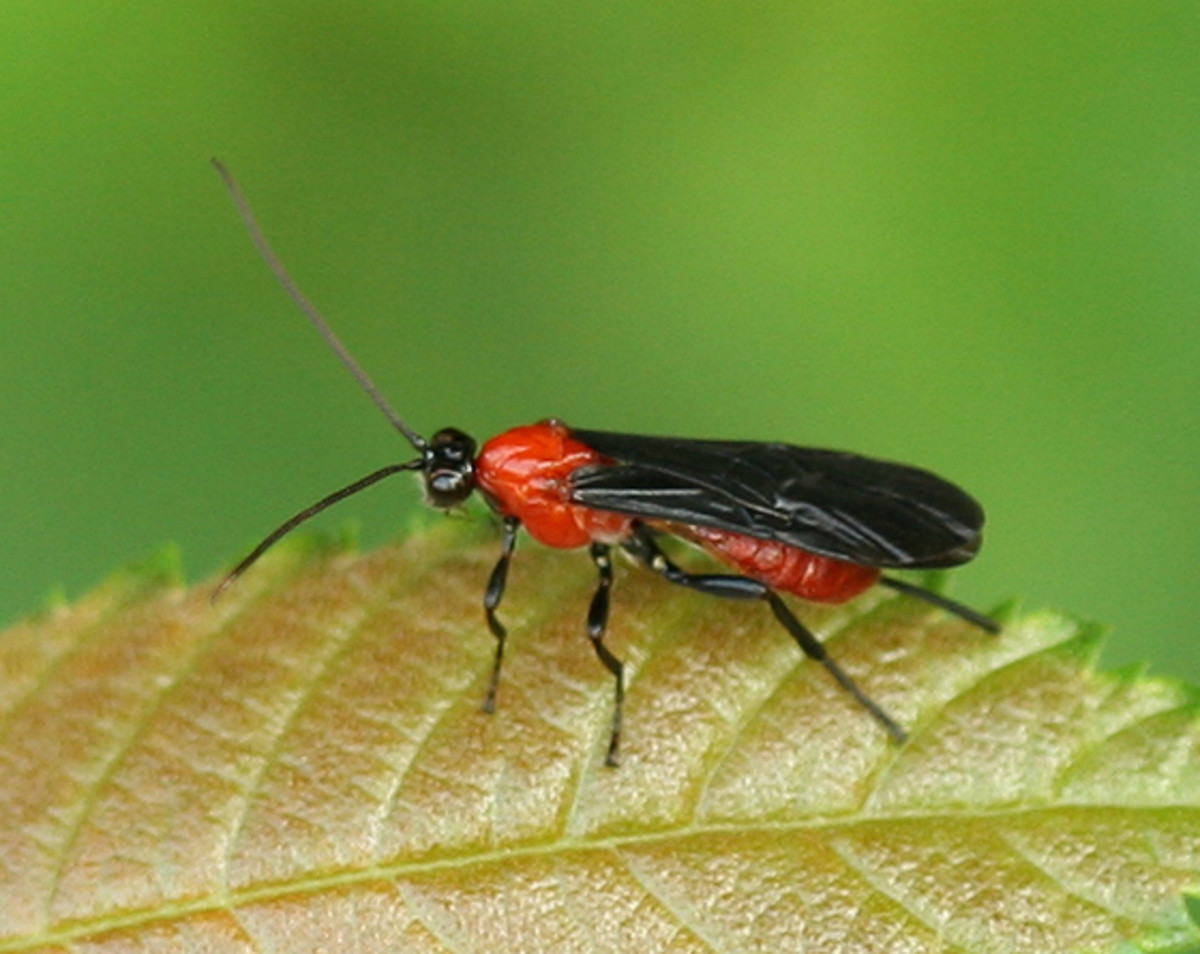Organic Pest Control in the Garden
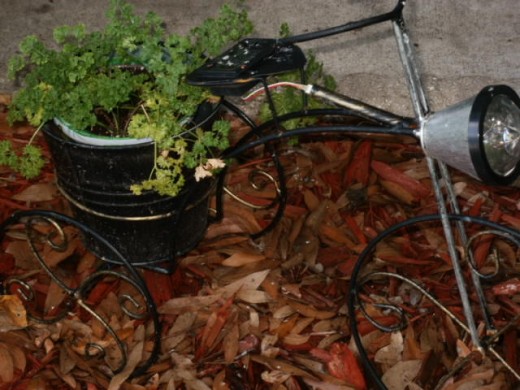
Howdy All!
Whew! Summer is here! This heat may do nothing for your coiffure, but it sure should set your composter in motion! Before I move onto today’s tip, I’d like to give you the 5 components of successful composting:
- Nitrogen–this fuels the bacteria necessary for decomposition. Horse, cow or goat manure are all good sources.
- Lime– helps neutralize the acidity of your mixture, which promotes the bacterial “rotting” process. Lime can be omitted if you have alkaline soil. If you do add lime, you should apply a slightly heavier dose than that of manure.
- Water–essential to keep your compost heap from drying out.
- Heat–expedites decomposition. In cooler months, cover your heap or garbage can lid with black plastic (weighted at the edges) or a piece of old carpet. Carpet’s a good bet, as it doesn’t need to be weighted down, which allows more air into the compost heap.
- Bacteria– naturally occurs in the soil surrounding the roots of weeds.
Remember to turn your compost at least weekly to aerate and blend. Don’t expect usable compost overnight; the process takes several months.
Now onto:
Organic Pest Control
Nature has an innate balance of power in the untended, wild landscape. How many forests have you seen destroyed by pests? Unfortunately, many of our domestic landscapes fail due to our lack of tapping into Nature’s scheme of things. The most natural way to avoid pests in our gardens is to incorporate a diverse collection of plants, using as many native materials as possible. By utilizing plant material native to your locality, you attract a varied colony of useful insects (yes, Virginia, some bugs are good!) and birds, which feed on unwanted aliens in the garden.
Companion Planting
Recently, I talked about fertile ground.This is necessary for healthy plants, which will help deter the invasion of garden pests. However, this practice alone will not keep your garden from coming under attack, so I will mention a few earth friendly ways to battle the enemy!Marigolds interspersed in your flower or vegetable garden will reduce the aphid population because they attract the hover-fly. Hover-fly larvae devour aphids by the thousands. Roses and tomatoes are especially susceptible to aphids, so throw in a few marigolds. You’ll not only control the little buggers, but the splash of contrasting color will be stunning!
Planting to attract pest predators is a good way to take advantage of Nature’s balance of power. This can be achieved by companion planting. Because many garden pests are attracted to their host plants by sight, clumping and varying your garden choices will camouflage the host plants. Additionally, the variety will attract ladybugs, lacewings and certain wasps that feed on aphids and caterpillars.
Mulch
Bark mulch. I can’t say enough. Adding at least a 3” layer of bark mulch to your plant beds not only deters the growth of weeds, but provides a hiding place for critters who come out at night to feed on insects. Ground beetles, centipedes, frogs and toads all prey on plant-eating insects. Frogs and toads also enjoy reptile escargot, not-so-fondly known as slugs! Burying a shallow lid or bowl (up to the rim. Do not cover!) full of beer will also rid your garden of slugs. They are attracted to the beer, go for a swim and drown!
When ridding your lawn of fallen leaves (which you’ll add to your compost heap), don’t be so quick to remove those that have fallen into your plant beds. Leaves also provide a daytime cover for nocturnal pest predators.
Organic Sprays
Ah, but the best laid plans of mice and men (and frogs!) don’t always play out the way we’d hoped. Sometimes we need a little chemical warfare to win the battle. There are organic treatments that are safe to use in the garden, however, some are non-selective, so be careful. Insecticidal soaps can be applied to control aphids, whiteflies, red spider mites, scale insects and mealy bugs. However, you must actually spray the pests directly for it to be effective. Copper fungicides control mildews and blights. If you feel the need to resort to organic chemicals, read the label and follow directions. Although organic, some may damage certain flowers and/or kill the good bugs you’ve attracted.
That’s it for now. See you next time.
Happy gardening!
This content is accurate and true to the best of the author’s knowledge and is not meant to substitute for formal and individualized advice from a qualified professional.
© 2012 Shauna L Bowling


